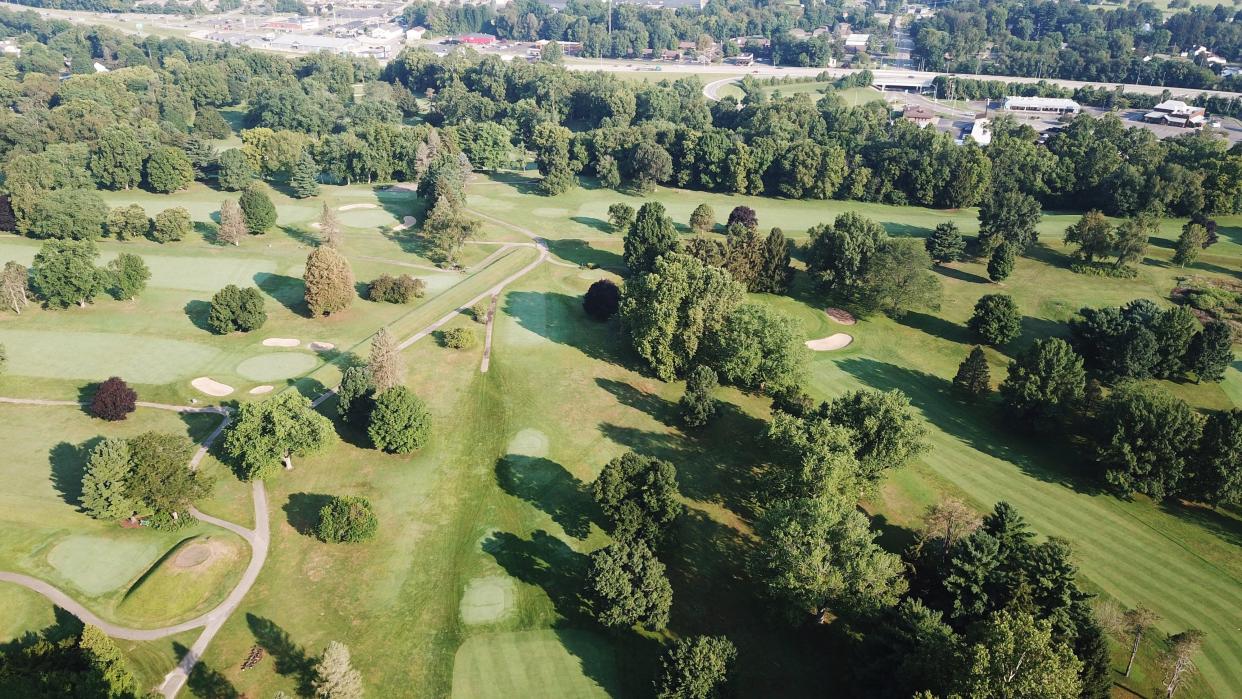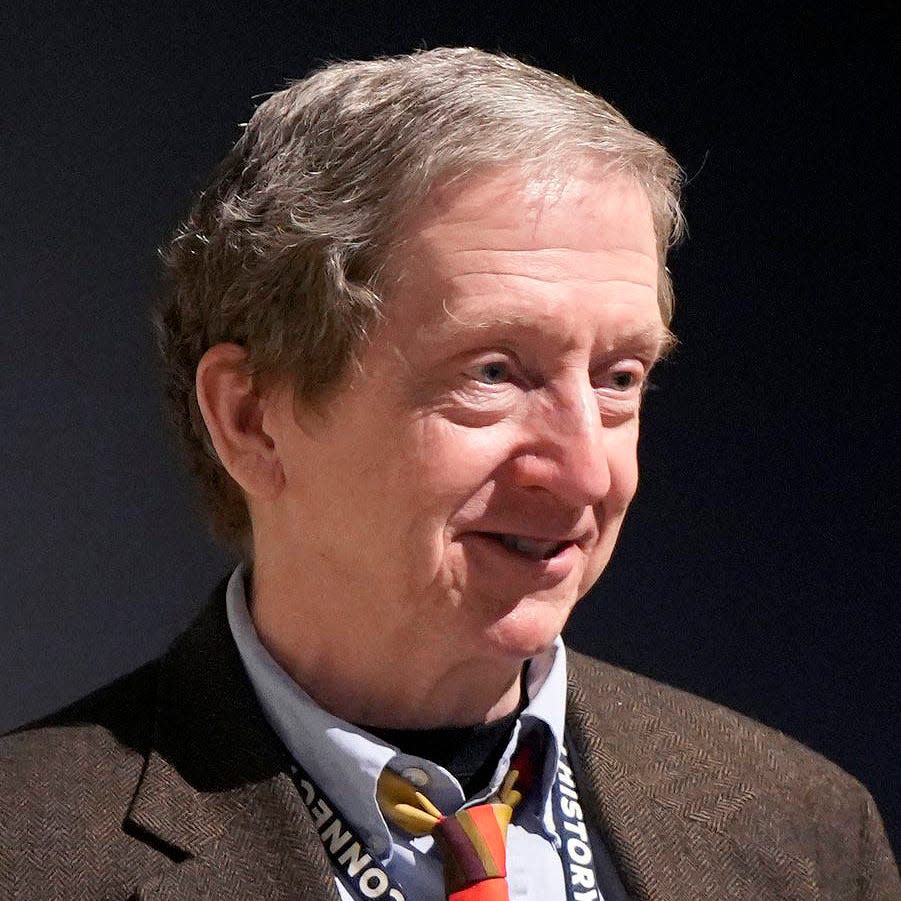Guest columnist: Lost Burial Mounds are an important part of the Newark Earthworks' story

Many people assume that all Indian mounds are burial mounds, but Newark’s Great Circle and Octagon Earthworks aren’t cemeteries. Instead, they are the walls of huge earthen cathedrals.
Like many modern cathedrals, they were closely linked with a cemetery. Sadly, the ancient Hopewell cemetery at Newark was destroyed early in the city’s history. We can, however, use the maps and notes of early archaeologists to reconstruct some of what’s been lost.
The ancient Hopewell culture cemetery at Newark is known as the Cherry Valley Ellipse. It was a large oval enclosure that surrounded at least 12 burial mounds of various shapes and sizes. It was located east of State Route 79 roughly between Jefferson Street on the north, Wehrle Avenue on the South, and South 11th Street on the east.

The largest of the burial mounds was about 140 feet long, 40 feet wide and about 20 feet high. It was destroyed in the 1850s, when the Central Ohio Railroad cut through it.
Fortunately, Dr. J. N. Wilson, a local physician, took notes while the mound was being demolished, so we have some idea of what was found there. The mound itself was composed of alternating layers of black loam, blue clay, sand, and cobblestones punctuated by periodic episodes of burning and burial. Artifacts found in association with numerous fragmentary burials included mica sheets, at least one copper axe, large shells, and beads.
But the most remarkable artifact in the mound was not found until many years later when construction workers were digging a basement at the site. They uncovered the remains of an indigenous ancestor along with a small stone sculpture of a man or a woman wearing a bear's head on their head and bear paws over their hands, holding a decapitated human head in their lap.
I long have assumed this sculpture represented a Hopewell shaman, a ceremonial leader who was believed to have the ability to transform into a bear. In 1775, Nicholas Cresswell encountered such a ceremonial leader while visiting the Delaware Indians of Coshocton. He wrote: “Saw an Indian Conjuror dressed in a Coat of Bearskin with a Visor mask made of wood, frightful enough to scare the Devil.”
The Newark sculpture may well be a representation of a shaman, but a conversation with a Quapaw woman some years ago made me realize there were other possible interpretations of the figurine. She was showing me images of an 18th century Quapaw Buffalo robe that included paintings of the Sun and Moon, but within the circle of the moon there was the figure of a person holding something in their hand. I asked her about this and she toldme that in Quapaw traditions, the moon was a man holding a human head. I stood there speechless for a moment and then told her about the Newark figurine.
The Indigenous builders of the Newark Earthworks were profoundly interested in the moon. The Octagon Earthworks incorporate alignments to the key moonrises and moonsets that define the 18.6-year-long lunar cycle. It is intriguing to speculate that the Newark figurine actually may be a representation of the moon itself.
Brad Lepper is the Senior Archaeologist for the Ohio History Connection’s World Heritageprogram
This article originally appeared on Newark Advocate: Artifact found in Hopewell Burial Mound: A shaman or the moon?

